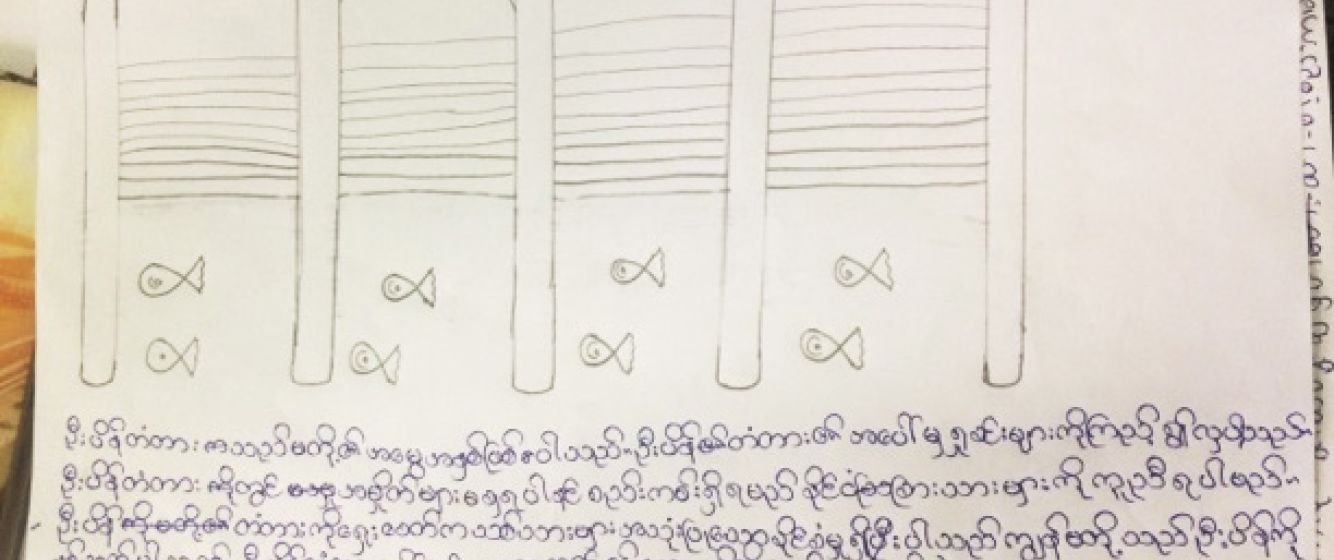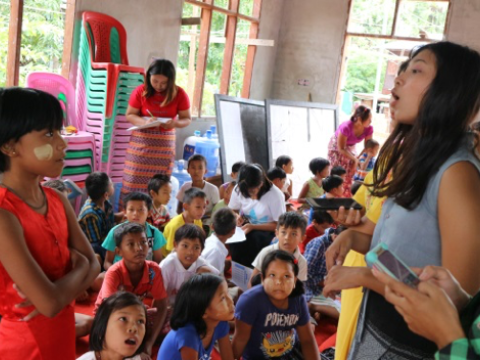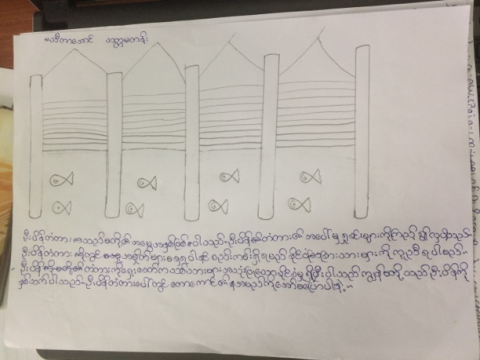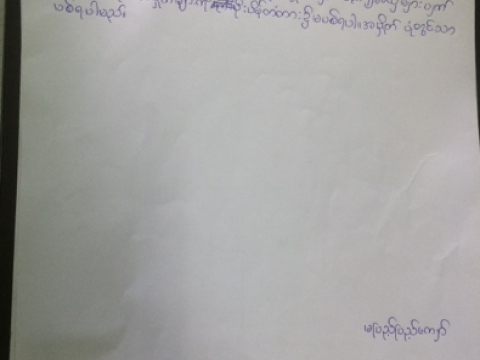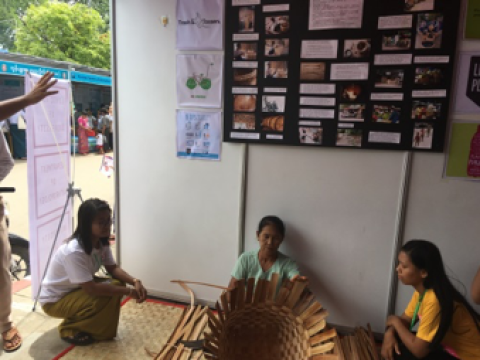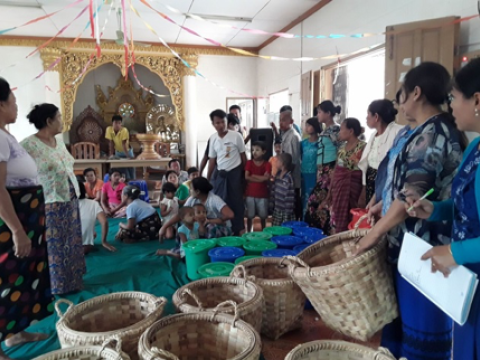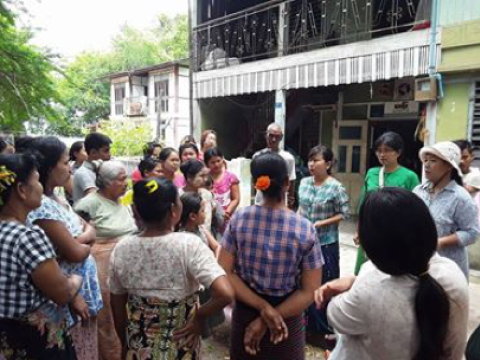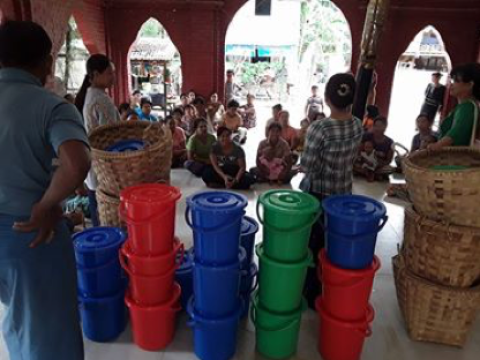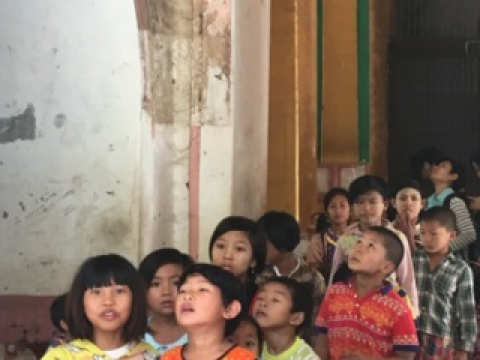There are, at present, 171 higher education institutions in Myanmar responsible for producing human resources who possess the required qualifications for the socio-economic development of the country (National Education Strategic Plan 2016–2021).
However, the quality of these institutions, in terms of both research and teaching capacity, is currently an issue. Less than 50% of the academic staff at higher education institutions is involved in research. There is a need for innovative and creative thinking to facilitate teaching, learning and research. This project is an attempt to fulfil these local needs by utilising community engagement and innovating teaching–learning methods. Community engagement is transforming higher education in many institutions in nations around the world. Community Engagement is defined as a university's active role in supporting a mutually beneficial relationship with on- and off-campus community partners in a range of ways (Glynis A Fitzgerald, 2012). According to the Carnegie Foundation, "Community engagement describes collaboration between institutions of higher education and their larger communities (local, regional/state, national, global) for the mutually beneficial exchange of knowledge and resources in a context of partnership and reciprocity" (Carnegie 2006). Therefore, community engagement is considered along the lines of mutual benefits, knowledge exchange, and an expectation of partnerships that create reciprocity among participants. This project, titled 'A shared locale: Towards a university-community axis of cooperation in Taungthaman village tract Amarapura', aims to practice systematic waste management, to bind the children and their locality, and to develop a syllabus themed around community engagement.
Progress Updates
GOAL 1: WASTE MANAGEMENT
In accordance with our first project goal, to manage the garbage separating system we distributed Htangauktaung (baskets made of toddy-palm-strips) and plastic boxes to 100 households across four villages. Most of the houses can separate the garbage properly but they put the kitchen waste in a plastic bag and chose to use the plastic boxes which we delivered to keep water or rice. Therefore, our research group met with them and discussed why they do not use the plastic box for kitchen waste. They said that the box is too good and they use for the water and rice. Then they also complained that when they threw the garbage the trash truck mixed them even though they separated the garbage. We explained that we are training them to systematically separate the garbage. Then we went and meet the town officer of Amarapura town development committee. and met with the official in charge of the department of garbage management. According to him, they are training people who live near Zay-Cho (a market) in Mandalay to systematically pack the garbage and to throw them. He said that he will also help us and we can continue our project for the all villagers.
GOAL 2: STRENGTHENING TIES TO LOCALITY
We also started teaching and learning class with the children who are from Htan-taw and Oh-Bo villages. The children were asked the questions such as,
- What is the most beautiful place in your village? (Write or draw a picture)
- What are the fruits and vegetables grew in your village?
- What are the snacks made in your village?
- What ceremonies are there in your village?
- What pagodas are there in your village?
After asking such questions we extend the questions such as
- What do you know about the place or snack or ceremony?
- What shouldn't you do at the beautiful places?
By answering those questions children felt happy and they became very active. We found that most of the children did the homework which we gave in previous weekends. All of them were interested in the gathering and they were worried about ending the teaching time. We learnt from the children to do more engagement at the village with them. They are the leaders of their locality in the future and they can also provide more thinking to the researchers. In this gathering, we tried to connect the children and their place, their heritage and their environment. We also introduced the local snack and talked about garbage and healthy food. This will connect to our attempts at waste management and foster in the young generations the potential of heritage conservation.
GOAL 3: TOWARDS A UNIVERSITY SYLLABUS
Now the students and teachers from Anthropology Department are all going to the villages to conduct the community engagement programmes. The students also documented the local monuments and process of making local snacks. They also tried to teach and learn from the children. In a discussion with the third-year honors students, we heard their proposal to create a single assessment module that covered all their activities under the project. This module could, as per the students, be considered towards their credits for the Urban Anthropology course. Moving forward, the discussions centered around the ways in which this syllabus could be shaped.
Recent Meetings
- Meeting with the households of Htan-taw and Oh-Bo village
- Meeting with the households of Semi-Tun and Taungthaman village
- Meeting with the Head of the village tract
Outcomes and Challenges
This project intends to initiate community engagement of the University and to shape the syllabus with this project. In other words, it is a process to extend the stakeholders for the curriculum development. The students exhibited their activities in the Taungthaman village tract at the Youth Festival which was held between 11–13 August. And we were able to introduce the civic role of university and community engagement of the university. This exhibition is also an outcome of this project. According to the drawings of children, most of the children have the awareness on their locality and they clearly wrote that systematic throwing garbage is good manner for all. There are some challenges in this project. For example, to adjust the time table for teaching programme we have to try to find out the convenient time for both sides. The collaboration of the head of the village tract is not ready for us. But most of the local people warmly welcome us.
